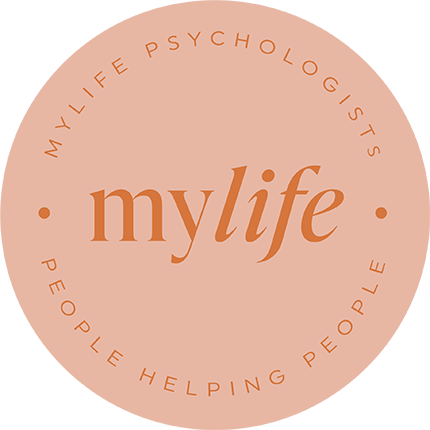Eye Movement Desensitization and Reprocessing (EMDR)
EMDR enables people to heal from the emotional consequences resulting from psychological trauma and other adverse life experiences.
What is EMDR?
Eye Movement Desensitization and Reprocessing (EMDR) is an integrative psychotherapeutic approach, developed by American Psychologist Dr. Francine Shapiro, that enables people to heal from the emotional consequences resulting from psychological trauma and other adverse life experiences. EMDR has been consistently shown to bring about substantial and quick improvements in a person’s level of distress, that once took years to make a difference.
How Does EMDR Work?
EMDR therapy taps into the brain’s natural healing process and demonstrates that the mind can heal from psychological trauma much as the body recovers from physical trauma. When we cut our finger, our body naturally works to close the wound. However, if a foreign object (e.g., a wood splinter) or repeated injury irritates the wound, it festers, causes pain and interferes with the natural healing process. Once the block is removed, healing resumes. Similarly, the mind can often heal itself naturally and moves towards mental health; however, if our brain is overwhelmed by the impact of a disturbing event (e.g., a motor vehicle accident) or being repeatedly subjected to distress (e.g., childhood neglect), our natural coping mechanism can become overloaded, resulting in disturbing experiences remaining “unprocessed”. Unprocessed memories and feelings are stored in the limbic system of our brain, and can be triggered when we undergo events similar to the original difficult or traumatising experience. EMDR helps create and strengthen the neural connections between our brain’s networks, enabling our brain to process the traumatic memory (i.e., remove the block) so that healing can occur.
What is Involved in an EMDR Session?
EMDR is a structured treatment involving eight-phases that emphasise the roles of memory and information processing systems. After a thorough assessment the psychologist will determined whether EMDR is the treatment of choice or whether another therapy is recommended. The psychologist then directs the client to briefly focus on the emotionally disturbing memory whilst simultaneously tracking the clinician’s back-and-forth finger movements with their eyes. It is hypothesised that the repeated sets of bilateral eye movements work to desensitise the client to the distressing memory and more importantly, to reprocess the memory so that it is no longer distressing and that thoughts about the memory become more adaptive and functional. As a result, the client is able to conclude EMDR therapy feeling more empowered by the adverse experiences that once demoralised them.
What is EMDR Used to Treat?
EMDR is recognised by numerous organisations, including the World Health Organisation (WHO) and the National Institute for Health and Clinical Excellence (NICE), as an effective treatment for victims of trauma. The effectiveness of EMDR therapy has also extended to:
Can Anyone Benefit from EMDR?
EMDR can accelerate treatment progress by resolving the impact of past trauma and allowing the client to live more fully in the present. Nevertheless, it is not appropriate for everyone. EMDR is a very short-term therapy that tends not to increase distress, however if any feelings of distress occur they tend to be short lived.
With this in mind however, the client needs to be willing and able to withstand any intense feelings or disturbing thoughts that may arise during or between EMDR processing sessions. The EMDR clinician can support any clients that are identified as needing additional support in developing skills in managing and reducing emotional distress or stabilising their environment prior to considering or commencing EMDR therapy.

